The Seas of Game Innovation
In November 2014, Larry "Major Nelson" Hryb stepped into a Microsoft meeting room and grabbed a controller. On a PC right in front of him was a basic prototype for what would become one of the most significant Xbox games of the decade: an online multiplayer pirate adventure set in a vast open ocean.This game eventually turned into Rare's Sea of Thieves, an Xbox exclusive and one of the pioneering titles released for Game Pass. Hryb still cherishes that demo as one of his standout memories from his two decades at Xbox. Yet, it also marked a pivotal moment for a company grappling to win over gamers a year post the Xbox One release. Microsoft executives commandeered pirate ships, sailed between islands collecting coconuts, and dreamed of the endless possibilities of teamwork.
Reflecting on it now, a full ten years since the launch of Xbox One on November 22, 2013, that piece of hardware has mostly faded from discussions. Much like Nintendo's Wii U, it's destined to be recalled as a disappointment compared to both its successor and predecessor. Nevertheless, the saga of the Xbox One generation is one of audacious endeavors and, ultimately, a triumphant comeback.
Storms of Controversy to Lasting Legacy
Plenty has been discussed regarding the tumultuous unveiling of the Xbox One. In May of 2013, former Xbox head Don Mattrick welcomed fans and press worldwide to Microsoft’s Redmond campus. Riding on the success of the Xbox 360, Microsoft approached the announcement of its next console with confidence and momentum. The company even collaborated with Steven Spielberg to bring the beloved Halo franchise to television (a project realized only in 2022). Microsoft led in cloud computing, motion controls, and streaming entertainment. Mattrick, however, downplayed the importance of concepts like backward compatibility and offline play, focusing on the profit potential of digital game sales, inspired by the revolutionary success of Netflix, digital video, and downloadable game content on the Xbox 360’s marketplace. However, this vision did not resonate with the core audience.“That day was very difficult,” recalls Hryb. “The messaging wasn’t quite tight, and there were a lot of questions: ‘What about this?’ Some questions had answers, but some we just didn’t have yet. So it was a real struggle. Our message for the Xbox 360 generation was clear, and now we were in a different position.” Even among the Xbox faithful, the idea of an “always online” TV device that also played games was met with skepticism. Questions arose about the necessity of installing disc-based games and the complications of sharing or trading them. The prospect of selling digital games directly through the console's dashboard further confused the audience.
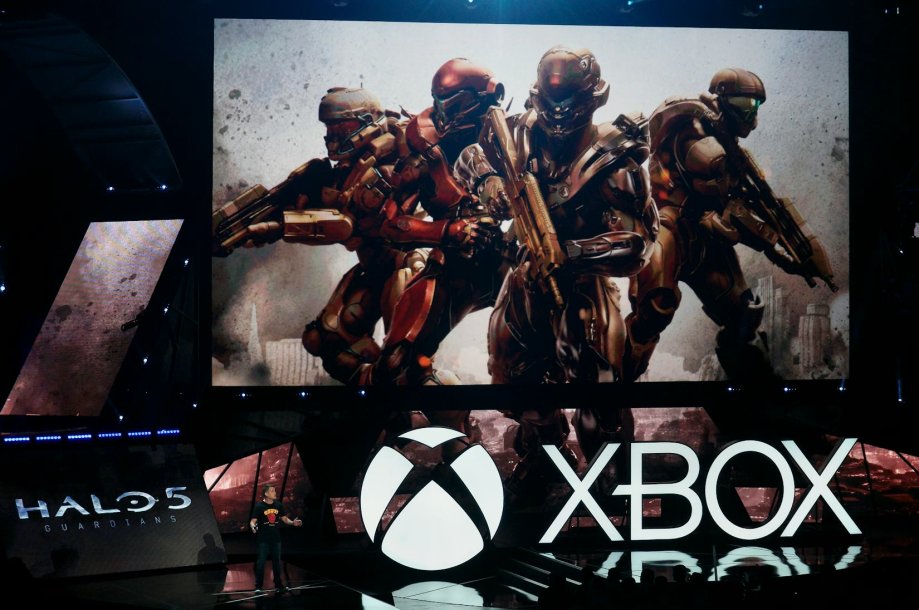
In hindsight, Mattrick’s vision for the Xbox One, codenamed “Durango,” with the Kinect and Microsoft Azure’s cloud technology, was ahead of its time. However, gamers perceived it as out of touch. “A lot of people didn’t really understand what we were trying to do,” says Hryb. The architecture, still in use up to the Series X and S, excited tech enthusiasts but failed to resonate with the broader audience. Meanwhile, Sony's PS4, priced $399, posed a significant challenge to Microsoft's offering.
The Xbox One’s under-the-hood trade-offs, including Skype conferencing, TV integration, and other extras, failed to impress players. The emphasis on kickass games became crucial, but not everyone was convinced. For some, buying an Xbox One was a no-brainer, especially with the promise of Halo 5. Despite controversies and mixed reviews for games like Battlefield 4, Call of Duty: Ghosts, and Assassin’s Creed: Black Flag, the Xbox One found its place in the author's heart. A decade later, it stands as a reliable entertainment hub, carrying countless hours of joy and memories. It remains a favorite console, a testament to its lasting impact.
A Journey Through the Xbox One Era
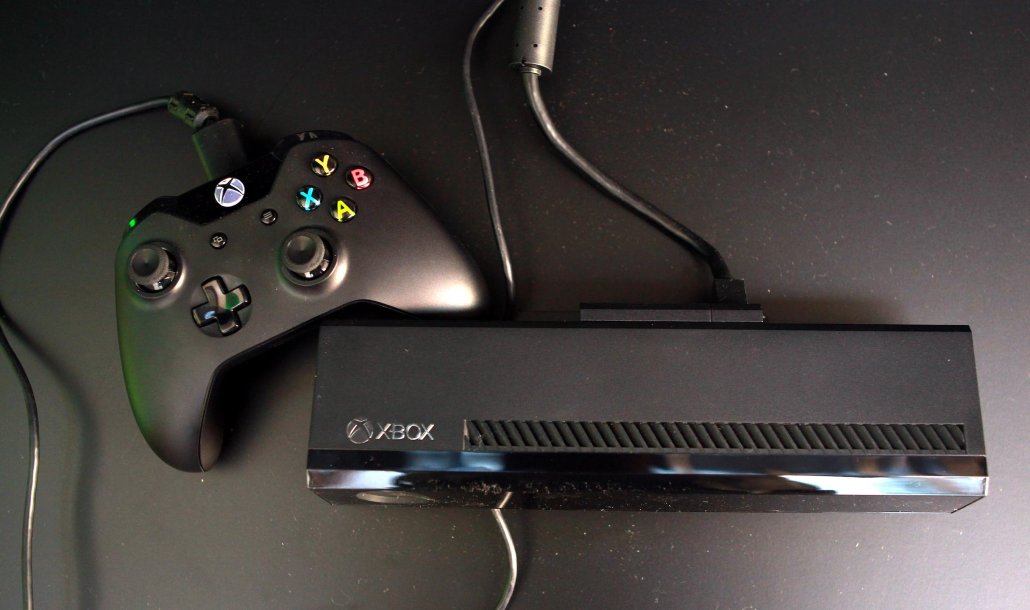
Battlefield and Respawn's original Titanfall kept my attention quite well for the first year. I liked the design of the hardware too. It looked more like a DVD player than even the PlayStation 2—a real departure from the 360's almost toy-like white-and-chrome style. (I had swapped the front of my 360 with an Optimus Prime faceplate.) I admit to having no memory of using the Kinect for games on the One. Its voice commands were just a convenient way to turn the machine on or off and capture gameplay clips. ("Xbox, record that!")
"There was a lot of evolution during the Xbox One era. Some of it worked out great, like the Adaptive Controller, and some, like the Kinect, didn't," Hryb says. "That came along late in the 360 generation, and there was the decision to include it as part of Xbox One, to have some motion-control support. Not only on the operating system level but within the games as well. So that was something that the community wasn't ready for or didn't want to embrace. And, frankly, maybe we didn't provide the best solution for them in terms of the killer app."
From the Kinect to the team that launched the Adaptive Controller for accessibility in 2018, that spirit of innovation is a big part of what defined the generation. Microsoft is first and foremost a software company, and the countless, sometimes monthly, firmware updates along the way helped reshape the One into the box players wanted it to be.
"We kind of put our arm around the audience and said, 'Come on the journey with us,'" says Hryb. "We started using 'user voice' at that point and having people upvote features and things along those lines. Nobody really was doing that at that scale, back in the day, on a consumer electronic item."
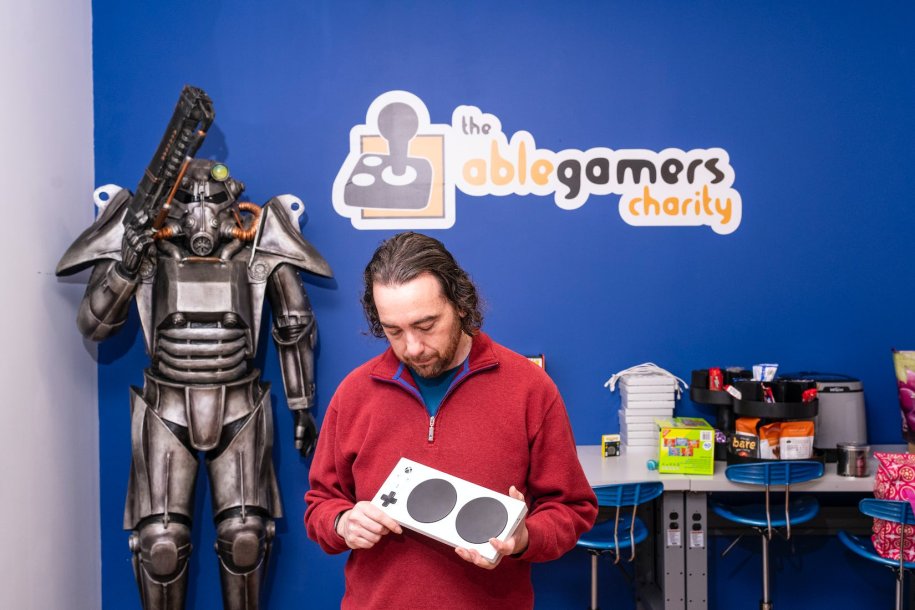
You can see some of this in the more inclusive vibe of the brand these days. To an extent, Xbox has traded chainsaw bayonets and desaturated warzones for a much wider, more vibrant catalog. That part of Don Mattrick's vision for the platform—welcoming as many different kinds of users as possible—endures. But after Mattrick's successor, Phil Spencer, took the reins as head of Xbox in 2014, a few significant things happened: Microsoft acquired Mojang, the Swedish studio behind Minecraft, which by that point had sold 50 million copies across PC, smartphones, and consoles; the Kinect ceased to be a mandatory purchase, which lowered the price of the system; the big push into TV was replaced, in a sense, with the ID@Xbox program, intended to make the console more attractive to indie developers; and a smaller, updated version of the console, called the One S, arrived in 2016, followed by a high-end model called the Xbox One X a year later.
"Everything was changing," Hryb says. "Mobile was now bigger than ever, with the launch of the iPhone and the Android and the Windows Phone (there are still a lot of people who loved their Windows Phone back in the day, and I did too). Mobile was so important, and so gaming just started to fracture in so many different ways. We had iPads in the 360 era, but they were really picking up steam as those other consoles were launching in 2013-ish. That helped bring focus to what we needed to do to create a great console gaming experience at Xbox. Because it was just such a different landscape from the 360. It was a time of growth and experimentation like I had never seen before."
Spencer's public persona is more or less that of your average, decent gamer. It's easy to be charmed by his love for Halo or his undying sentimentality toward the earliest days of the Xbox. So when he showed up at E3 2015 boasting about "the greatest games lineup in Xbox history," it felt like a well-deserved (and much-needed) comeback. The Xbox One had stumbled in its first year, and Halo: The Master Chief Collection caused a debacle of its own in late 2014 when it debuted with a broken matchmaking system that made multiplayer unplayable. ("I have not spent a single day since the night the game fell down in matchmaking where I didn't think about it," former Halo creative director Frank O'Connor wrote several years later.)
With the dust settled, despite the missteps and godawful luck of the Xbox One's first couple years, I'd say that "greatest games lineup" slogan rings true. I had the time of my life with the original Destiny, Black Ops III, Fallout 4, and other third-party games early on, and by late 2015 Microsoft began dropping some heavy hitters, including Quantum Break, Rise of the Tomb Raider, Halo 5: Guardians, Forza 6, Halo Wars 2, and Sea of Thieves.
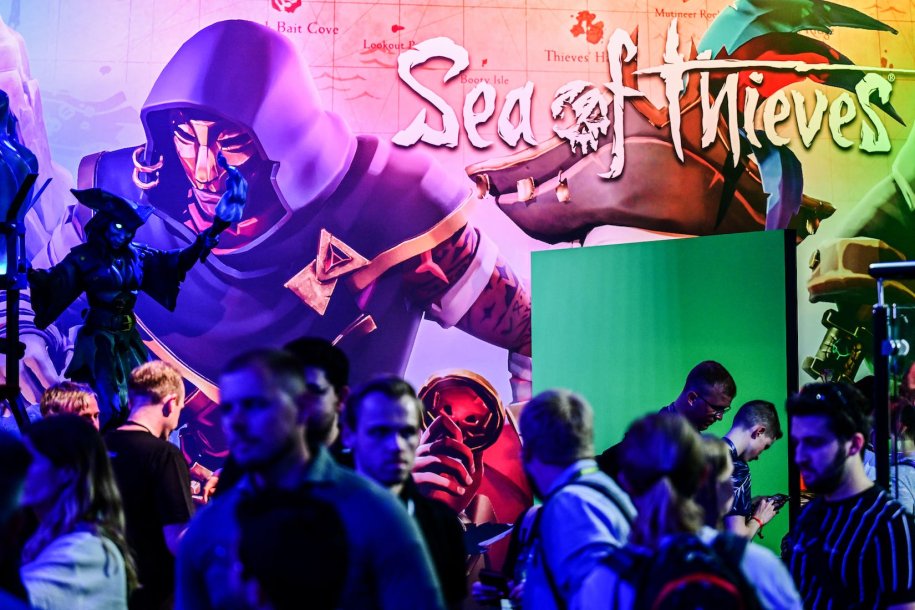
As the Xbox One matured under Spencer's leadership, the messaging around Microsoft's gaming ecosystem underwent some radical changes. Project xCloud, an offshoot of the virtual machine technology that had powered the console from its infancy, promised to deliver games to players on more devices than ever before. Eventually, in the summer of 2017, the company launched Xbox Game Pass, a subscription-based service that offered a library of games for a monthly fee not dissimilar to what Netflix and its competitors had done in film and TV. Meanwhile, Azure's VM tech powered another defining feature of the One generation: backward compatibility.
"The engineers and the wizards who worked on that realized, with the 360 and even going back to the OG, we had this library of games we could have access to," says Hryb. "And through all the research, we saw that backcompat, at that point, was very important for gamers. They wanted to play some of the games that they owned, whether they were digital or physical."
Many of the most treasured classics from throughout Xbox history—The Elder Scrolls III: Morrowind, Star Wars: Knights of the Old Republic, Red Dead Redemption—were made available on Xbox One. Today, with the Xbox Series X and Series S, that same three-generation library persists, playable whether you're on a 2013 console or one bought in 2023. A massive undertaking, no doubt, but it means the collection of discs I held onto for 22 years still matters to modern hardware. And new or younger players can discover these games for themselves through the Microsoft Store.
The Cross-Platform Gaming Legacy
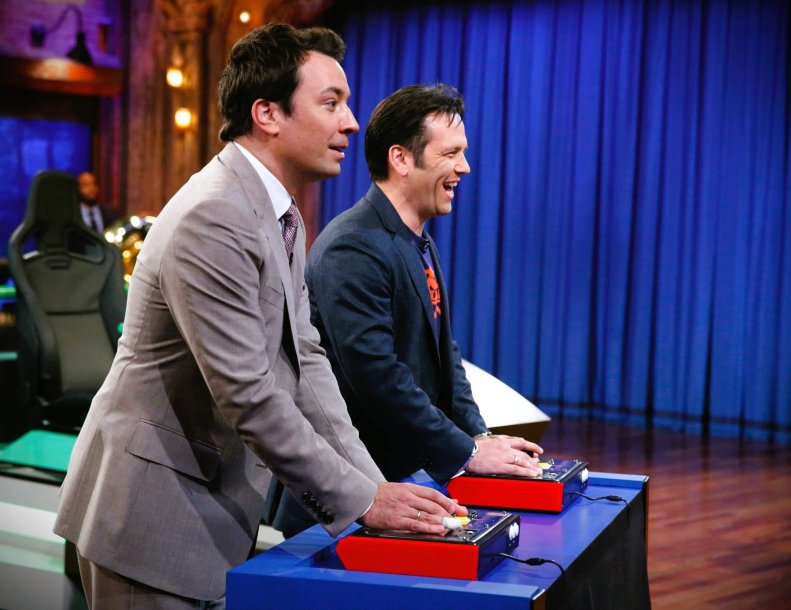
In the current gaming generation, we often overlook the abundance of multiplayer games that provide cross-platform play. Whether I'm on Steam, Game Pass, Nintendo Switch, PS5, mobile, or my Series X, I can easily join my friends in Fortnite. Connecting with my squad might involve a step or two, but the choice between Xbox, PlayStation, or PC isn't as significant as it used to be.
"When I was at Microsoft, I used to joke that Windows was our other gaming platform, when, in fact, it's the largest gaming platform," Hryb says. "So I think that Xbox finally looked at it and said, 'Wait a minute. We have this tremendous asset in Windows gaming. Let's embrace it and bring everything together, and elevate the experience.' Everything seems obvious in the rearview mirror, but looking at it now, it makes perfect sense: we wanted people to play wherever they want."
Xbox's readiness to blur the boundaries between platforms, exemplified by Minecraft in 2017, has had a ripple effect throughout the industry. In another decade, that might be the Xbox One's true legacy.

